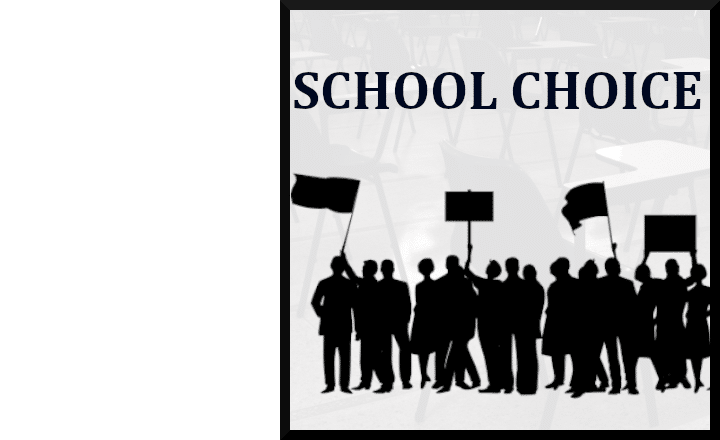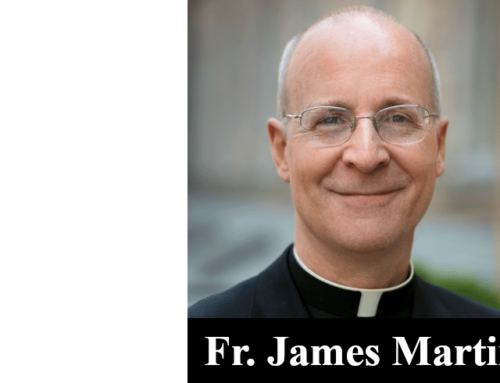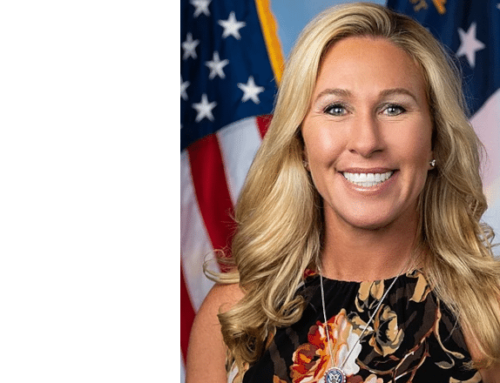Those who scream the loudest about helping minorities are almost always the same ones who are doing everything they can to keep them in their place.
Proof: It is mostly Democrats who champion minority rights, and it is mostly Democrats who want to force minorities to attend schools they wouldn’t send their own children to (the Democratic Platform explicitly rejects school choice). That’s because Democrats are owned by the National Education Association (NEA), the largest labor union in the nation. Almost all their funding goes to the Democrats.
In short, no advocate of the poor should be taken seriously if he is opposed to school choice. They are the enemy of the poor.
The good news is that the march for school choice cannot be stopped. In fact, there are some 80 education choice programs available in at least 30 states, and the push for more is relentless. Here are some examples.
- In 2011, Arizona was the first state to offer an ESA, education savings account. It provides a fund for students to pay for various forms of education.
- No state has pioneered school choice more than Florida. We are talking about tens of thousands more children enrolling in private or charter schools or homeschooling.
- In March, Alabama joined 10 other states in enacting universal or near universal education freedom legislation.
- In November, Colorado voters will decide whether to encode school choice in its state constitution.
- Georgia offers a variety of school choice programs, including two private school choice ones, charter schools, magnet schools, homeschooling and inter and intra-district public school choice.
- Iowa has essentially what Georgia has.
- Indiana has four private school choice programs: ESA, school voucher, tax-credit scholarship and individual tax deduction.
- Voters in Kentucky will decide in November whether they want school choice. One school district, Pulaski County, has been accused of violating the law by using social media to tell voters to vote “no” on the ballot initiative.
- School choice advocates are lobbying lawmakers in North Carolina to clear the waitlist for families seeking scholarships under the state’s school voucher program. Roughly 55,000 are on the list.
- Texans are strongly in favor of school choice, and so is Gov. Greg Abbott, but lawmakers are mostly opposed. In the spring, Abbott succeeded in persuading voters to dump six incumbent Republican opponents of school choice.
- In March, Utah expanded its ESA program, essentially doubling the number of students who qualify.
- Also in March, Wyoming adopted its first school choice program, though Gov. Mark Gordon used his line-item veto to narrow the eligibility of the ESA initiative.
Those opposed to school choice allege that funds for these alternative schools effectively siphons money away from traditional public schools. This is inaccurate.
First, it is a fundamental right of parents to decide which school their children should attend, not school unions. Second, it is a myth that public schools suffer a financial hit when school choice programs are instituted.
A few decades ago, economist Milton Friedman surveyed this argument by discussing the situation in the District of Columbia. At that time D.C. was spending more than $11,000 per year per student in public schools (today the figure is more than double that). The D.C. voucher plan at that time called for a maximum of $7,500.
Therefore, Friedman argued, “For every voucher student who leaves the public school for a private school, the system would gain more than $3,500. Far from taking money away from public schools, vouchers increase the funds available per remaining student.”
On this issue, the Democrats are on the wrong side of history. Beholden to their benefactors at the NEA, they are willing to put their heel in the face of black Americans who simply want the same right to select the school of their choice as afforded most Americans. They should not be denied.







